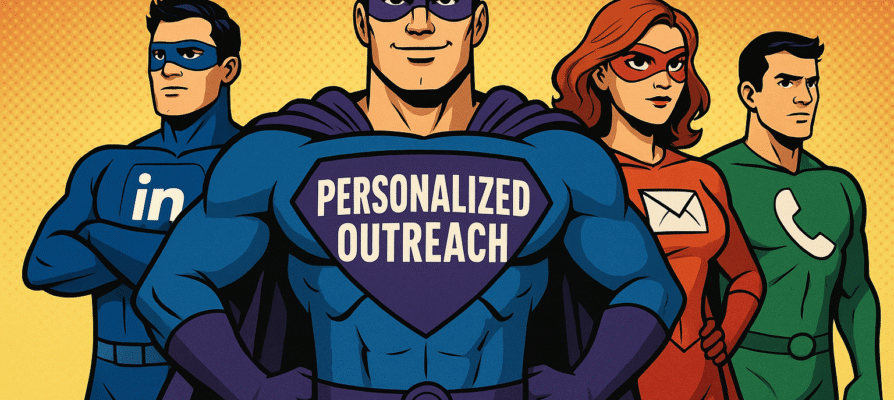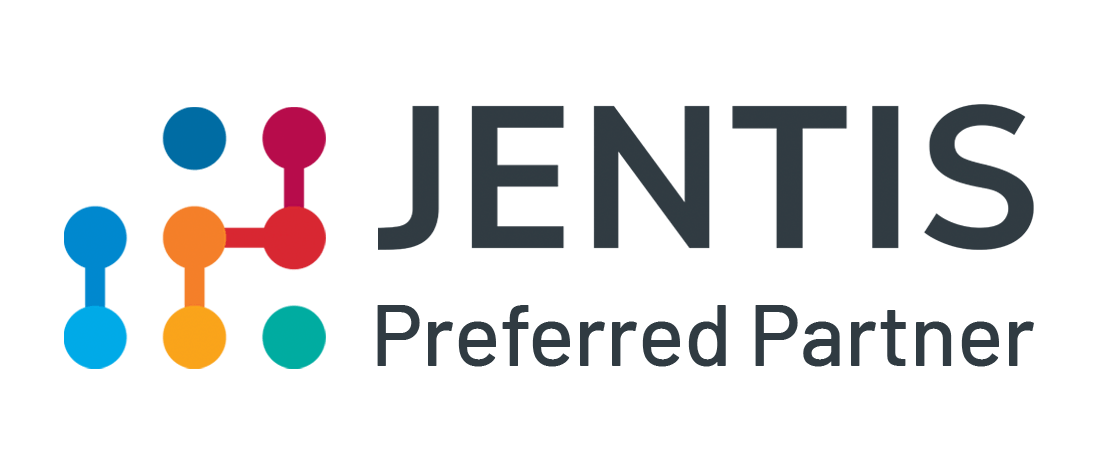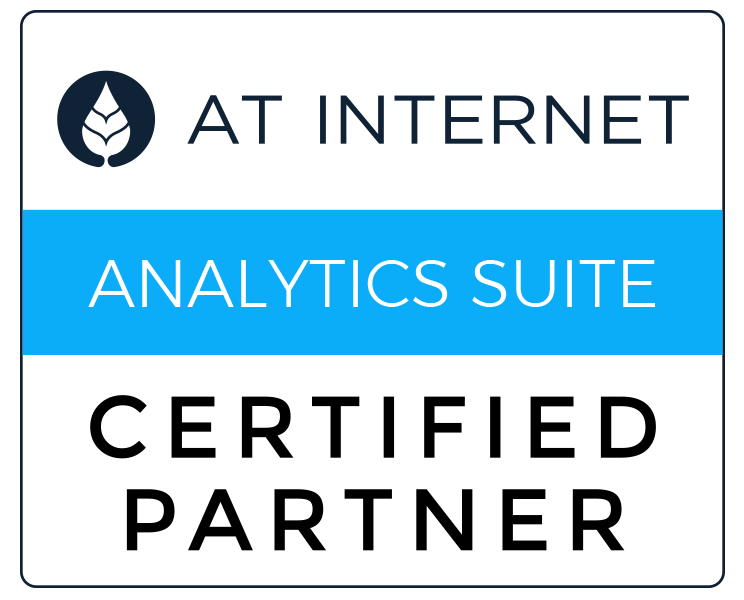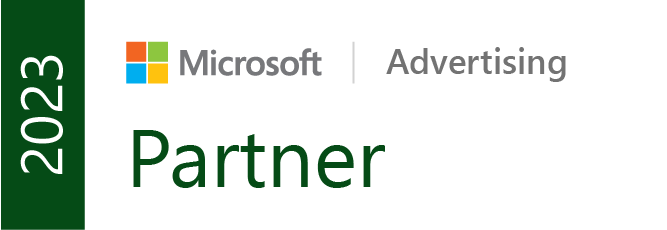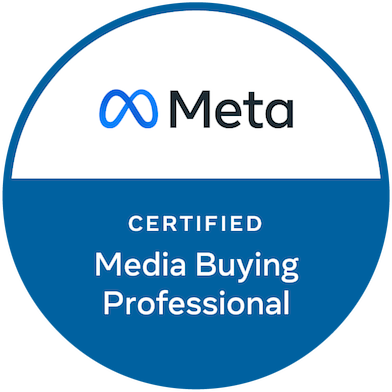Introduction: why one channel is no longer enough
B2B buyers are harder to reach than ever. Their inboxes are crowded, LinkedIn is full of connection requests, and cold calls often go unanswered. With so much noise, relying on just one channel is rarely effective.
That’s where multichannel outreach comes in. By combining different outreach methods, you create more opportunities to connect with prospects in a natural, respectful way.
What Is multichannel outreach (and what it’s not)?
Multichannel outreach involves using multiple direct communication channels, such as email, LinkedIn, and phone calls, in a coordinated sequence. The goal is clear: to directly connect with specific people through personalized, one-to-one messages.
This makes outreach fundamentally different from awareness campaigns. Awareness campaigns are designed to reach broad audiences, build visibility, and position your brand in the market. They create recognition, but they don’t usually spark immediate conversations with decision-makers.
On the other side of the funnel, you have conversion-focused campaigns, such as retargeting ads. These aim to re-engage people who already know you, for example, website visitors or event attendees, and guide them toward taking action.
Outreach sits in the middle: it’s not about broadcasting widely or nudging warm leads across the finish line. It’s about actively starting conversations with the right people, at the right time, across multiple touchpoints.
Why multichannel outreach matters in B2B
B2B marketing is complex: long sales cycles, multiple stakeholders, and decision-making processes that vary from company to company. A multichannel approach helps because:
- Wider reach: Different people prefer different channels.
- Stronger trust: Familiarity builds faster when prospects see you in more than one place.
- Better engagement: Each role responds differently. A Finance leader may answer via email, while a Marketing Director engages on LinkedIn.
- Higher results: Sequences that use multiple channels consistently outperform single-channel campaigns.
The most important channels for B2B outreach
Each channel has its role to play:
- Email: Still the backbone of most outreach. Scalable, measurable, and effective when messages are short and relevant (depending on the Industry).
- LinkedIn: A professional setting for lighter touches, networking, and credibility-building.
- Phone calls: Personal and direct, especially useful for breaking through digital noise, although getting the right phone number can be difficult.
- In-person events: Not always scalable, but powerful when building relationships in high-value industries. Usually best as the last “channel”.
- Other channels and spin-offs: While the four above are the foundation, outreach campaigns can also generate high-quality first-party audience lists (e.g. verified emails or LinkedIn contacts). These lists can then be leveraged for remarketing through display or video campaigns, creating a natural link between direct outreach and broader marketing activities.
How to build a multichannel outreach strategy
A good strategy is about structure, not volume. Here’s how to approach it:
1. Define your ICP and personas
Know exactly who you want to reach, their role in the buying process, and what challenges they face.
2. Find and verify contact data
Tools like Clay help connect multiple data sources and enrich contacts with verified emails, LinkedIn profiles, and phone numbers. Other options include LinkedIn Sales Navigator, Apollo, and ZoomInfo.
3. Choose two to three channels
Start small: email, LinkedIn, and phone are usually the strongest mix.
4. Create a sequence
Plan touches over time instead of sending everything at once. For example:
Day 1: Personalized email
Day 3: LinkedIn connection request
Day 6: Follow-up email
Day 9: Phone call
Day 12: LinkedIn message
5. Use outreach platforms to scale
Sequencing tools like Instantly, Outreach.io, or SalesLoft help manage follow-ups without losing the personal touch. These tools will also ensure, that your Inbox and LinkedIn profile stays “healthy”.
6. Adapt your messaging for each channel
The value proposition should stay consistent, but the format should change. Depending on your ICP and Industry, emails can explain more detail, while LinkedIn works best for short, conversational touches.
7. Track, optimize, and automate where possible
Pay attention to open rates, reply rates, and meetings booked. Small tweaks to timing, tone, or channel mix can make a big difference. Also, utilize connector platforms like Clay to help you automatically send out your messaging sequence to your prospects and alert you when responses come in.
Common pitfalls to avoid in outreach campaigns
- Over-contacting prospects with too many messages too quickly.
- Copy-pasting the same script across every channel.
- Ignoring data quality: bad addresses or outdated numbers waste effort and damage credibility (and damage your inbox health!).
- Siloed sales and marketing teams that send inconsistent messages.
Who is multichannel outreach For?
Multichannel outreach isn’t a silver bullet for every business, but it’s especially effective in these contexts:
- B2B Service Providers:
agencies and firms offering specialized, high-value services (e.g., IT transformation or sustainability consulting). Outreach can help open doors to decision-makers in competitive niches. - Technology & SaaS Companies
particularly for complex or high-ticket solutions where prospects need multiple touchpoints before engaging. - Startups & Scale-ups
that need to build credibility quickly and can’t rely on brand recognition alone. - Enterprise Organizations
managing long sales cycles with multiple stakeholders, where consistent engagement across channels is key. - Specialized Industries
such as finance, healthcare, or engineering, where problems are urgent, technical, and outreach can show immediate value.
One caveat: not all consulting types benefit equally. For example, broad areas like general management consulting or HR advisory often see limited results from outreach. These markets rely heavily on referrals, reputation, or RFP processes, making cold outreach less effective. By contrast, outreach is most valuable when the service is specialized, urgent, or difficult to replace.
Conclusion
In modern B2B marketing, a single-channel approach is rarely enough. Multichannel outreach creates more opportunities to start conversations, helps build trust, and gives you a better chance of reaching decision-makers where they’re most responsive.
Start simple: choose a small set of channels, map a sequence, and focus on providing value at every touchpoint. Over time, you’ll learn which combinations work best for your audience, and build a system that feels less like “chasing” and more like genuine connection.
